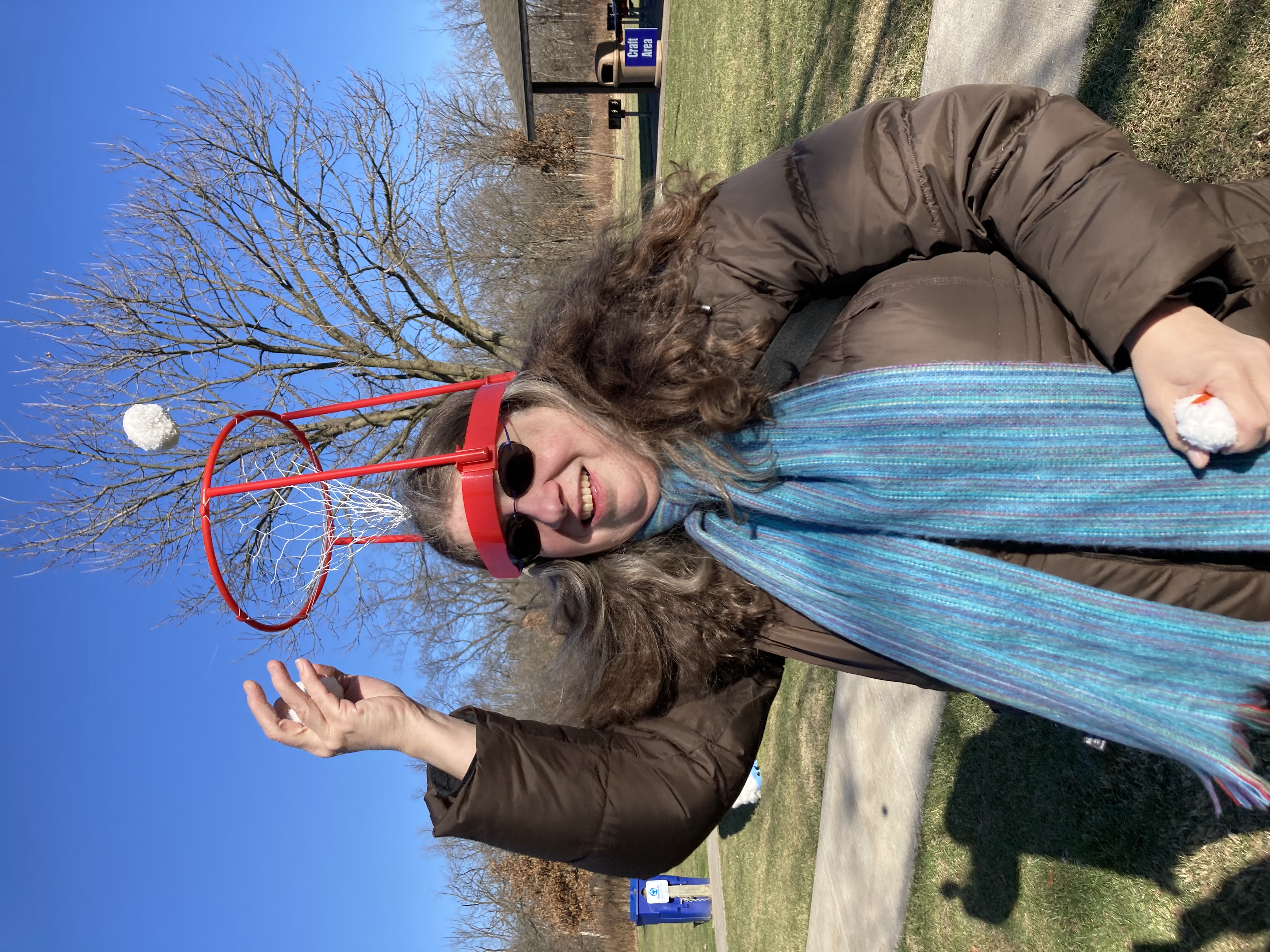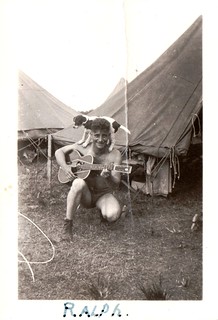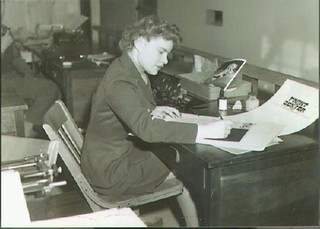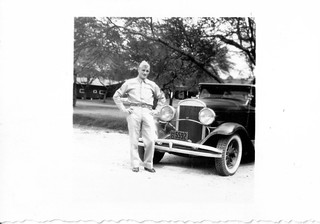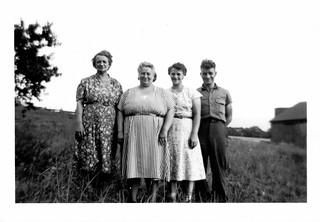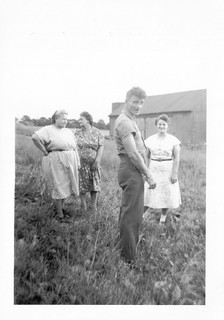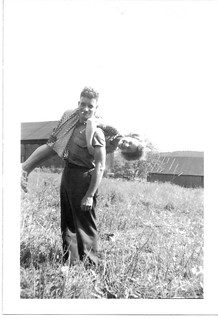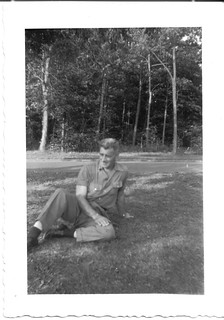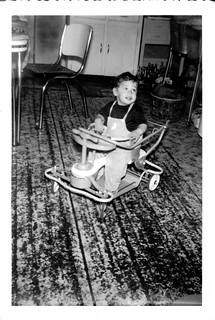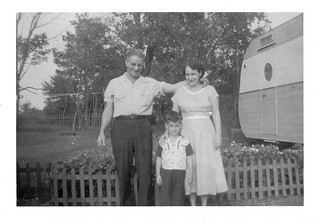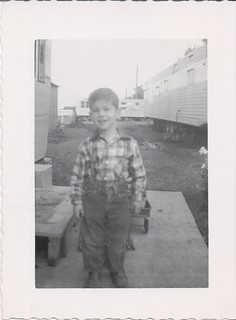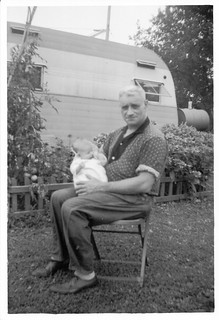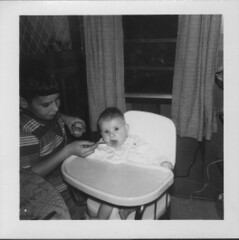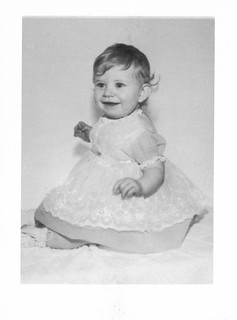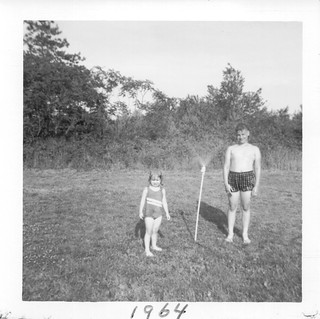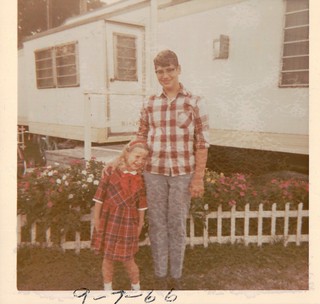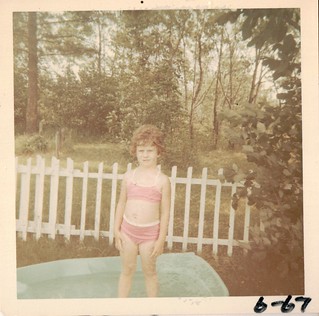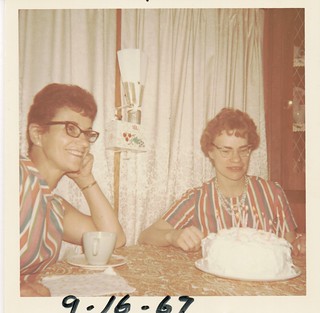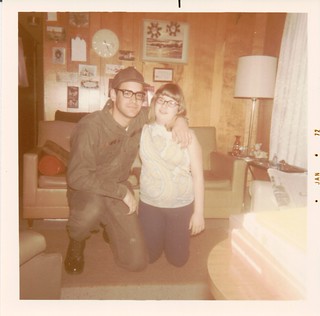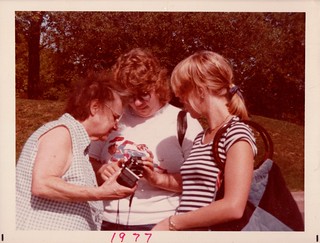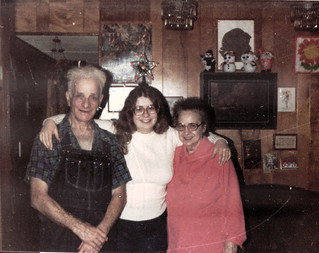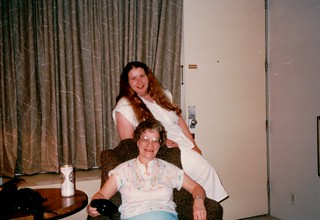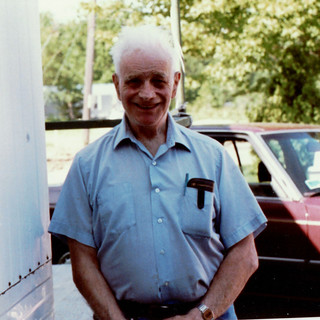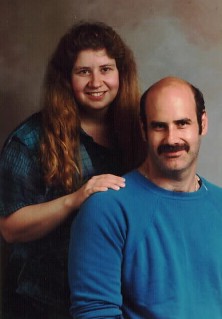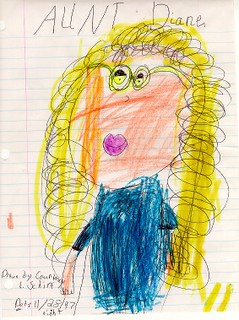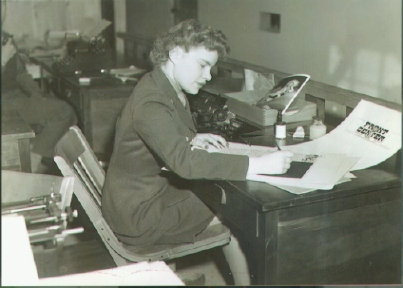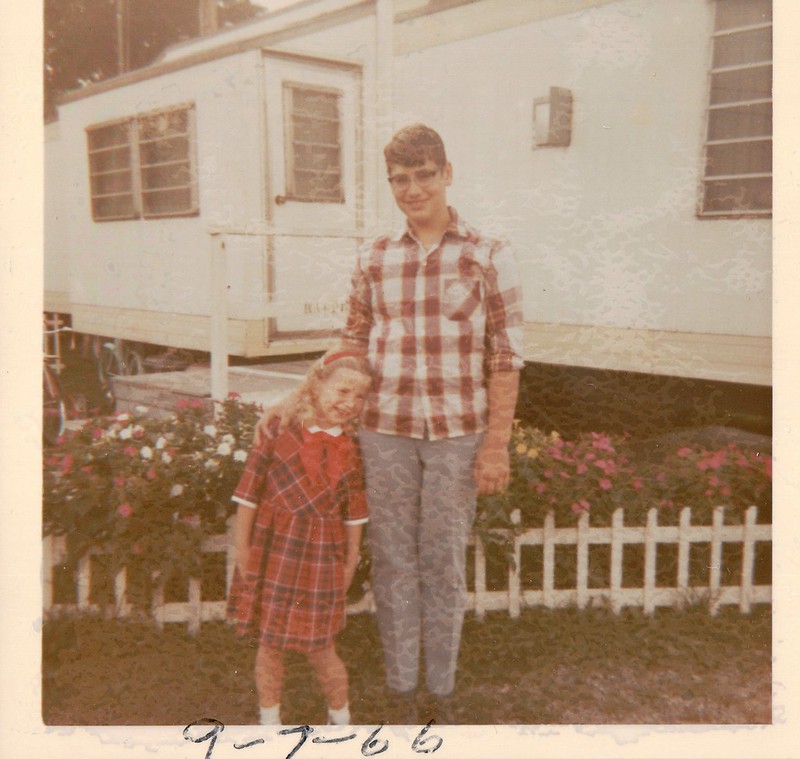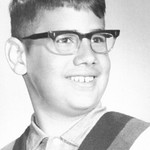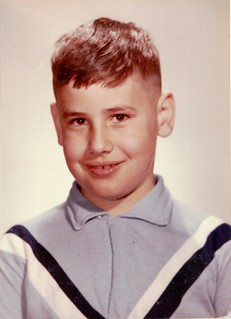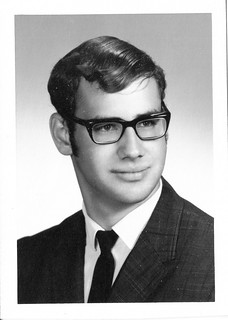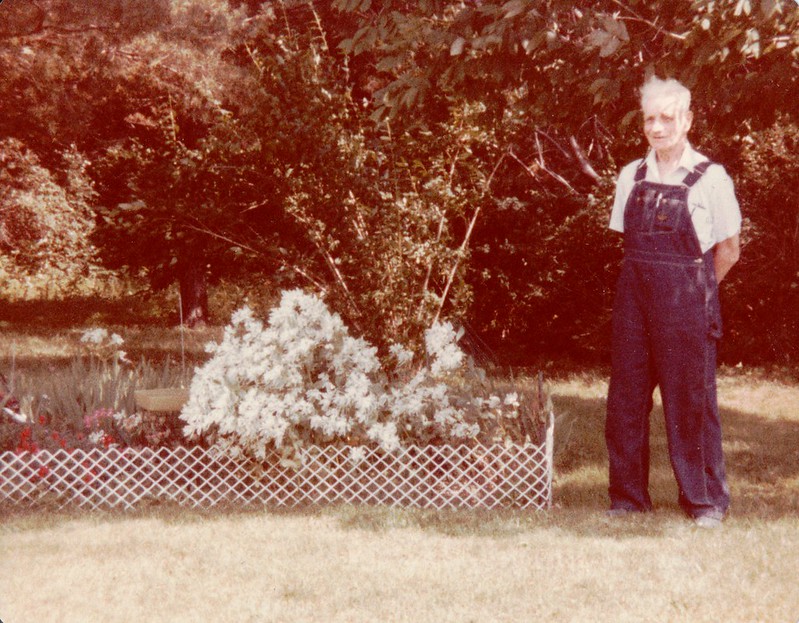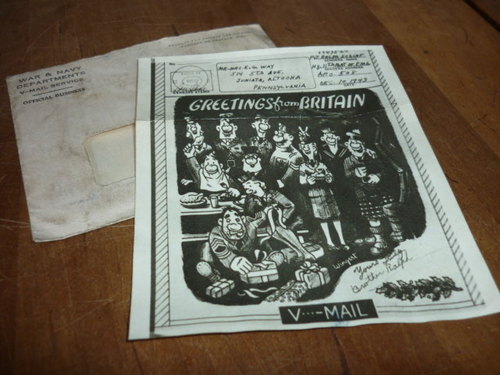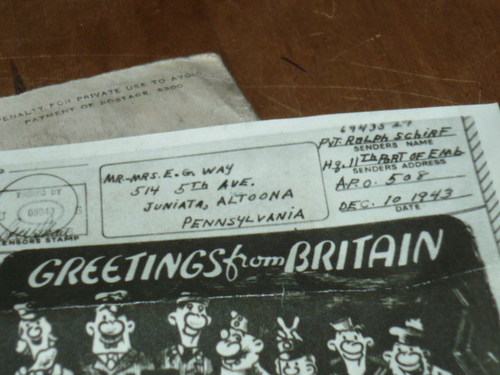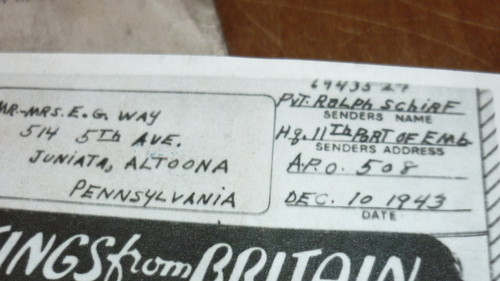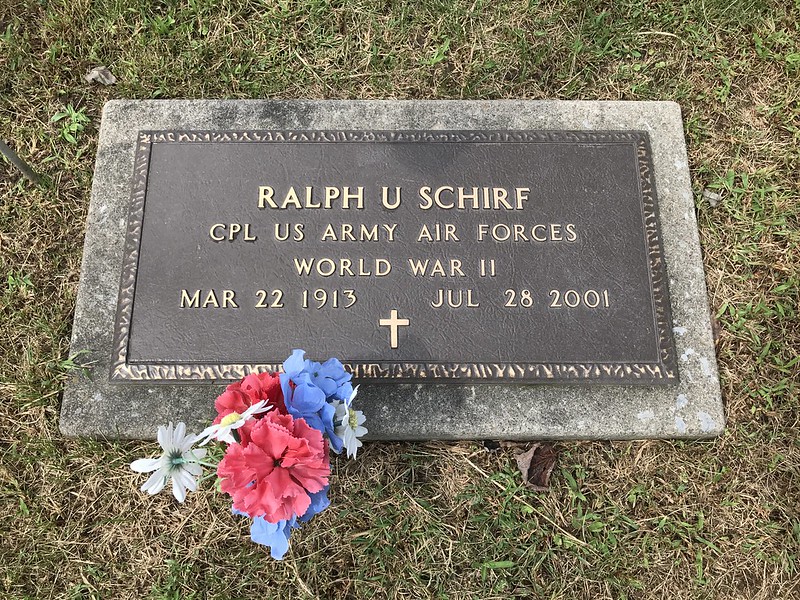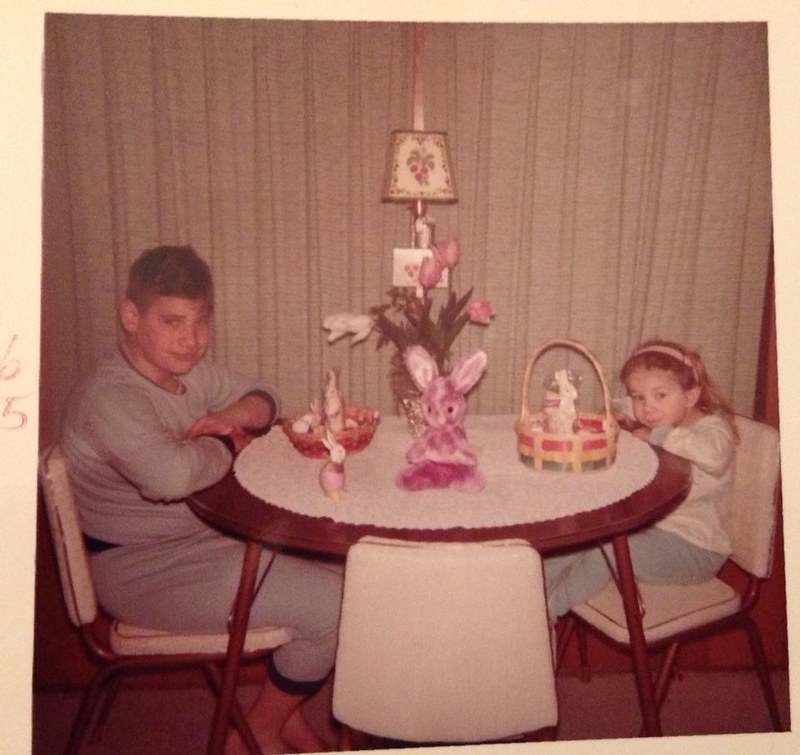On August 12, 2021, the United States Postal Service issued “Backyard Games,” sure to appeal to the nostalgic baby boomer like me.

Per USPS:
The stamp pane features eight unique designs illustrating eight backyard games:
- badminton
- bocce
- cornhole
- croquet
- flying disc
- horseshoes
- tetherball
- variation on pick-up baseball
Each design emphasizes the movement of the game pieces, giving a dynamic quality to the artwork, with a simplified style that evokes the nostalgic feeling of playing backyard games as a child.
Later my brother scanned some old slides, likely taken when he was home from the Army. They included photos of two of my aunts and me playing Pop-A-Lot, a backyard game from Tupperware I’d half forgotten.
Our trailer was at the end of a row, with a field beyond. My dad and the trailer park owner had an understanding. We could use the field next to the trailer rent free if we were willing to mow and maintain it. Our yard on the other side was small and shrank more when my dad planted a shed in the middle of it, so this was a great perk.
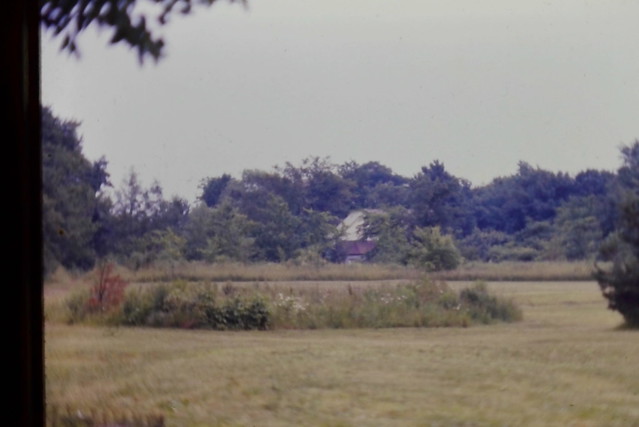
The field offered us two to three times the space, up to the point it turned into an uneven, weedy, wet depression. My dad had borrowed a glider, which he put on that side of the trailer along with a table and umbrella. (Later he moved them behind the shed for shade. Your choices were roast in the sun all afternoon on one side, or get eaten alive in the evening shade by mosquitoes on the other.)
Dad put up a trellis or two for morning glories and, later, a wild rose he dug out of the wet depression. He got enormous tires to use as raised flowerbeds. He planted a rectangular garden with flowers like zinnias and vegetables like bell peppers, anchored by Virgil’s Arbor Day ash tree at the southwest corner.
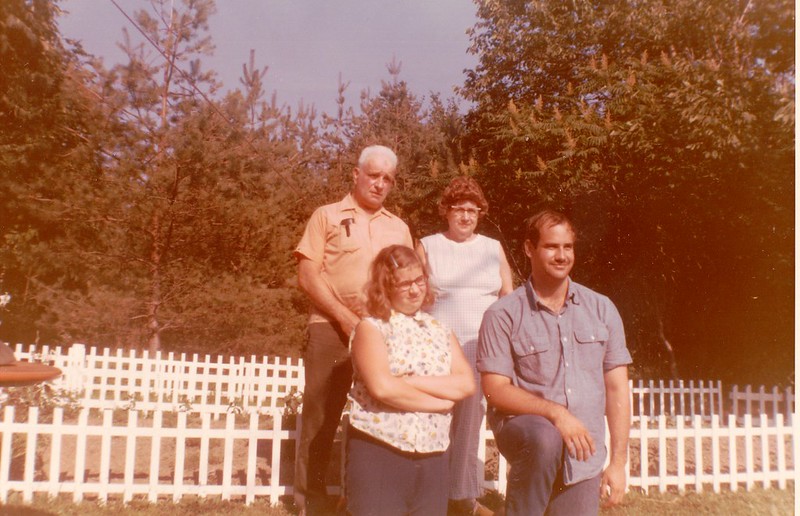

A light pole next to the trailer sported a board with horseshoes tacked to it. I have no idea where they came from. We may have used them once or twice. I loved the idea of having horseshoes, once associated with luck, and wondered if ours had been worn by a horse.
Of course we tossed a flying disc around (maybe a Frisbee). We played badminton; I remember I hit the birdie too hard like it was a tennis ball. Virgil and his friends played a few games of pick-up baseball and even flag football. They were surprised that I could sometimes hit the ball almost as far as the woods. Not bad for a girl eight years younger than her brother and his friends. The trailer park also had a basketball hoop stuck to a light pole in the field. The last time the basket went missing it wasn’t replaced. By then, most of the people who would have used it were gone.
The backyard games we played that aren’t on the list: Jarts and Pop-A-Lot.
The last (and possibly first) time we broke out Jarts, my brother (if I recall correctly) speared the top of his friend’s foot. It was quite gory.
Pop-A-Lot’s packaging said:
- Fun
- Safe
- Develops coordination
Could “safe” has been in response to Jarts, which were as unsafe as anything could get?
I recall it was fun. It looks like my dad’s sisters liked it too (as long as it didn’t muss their hairdos).
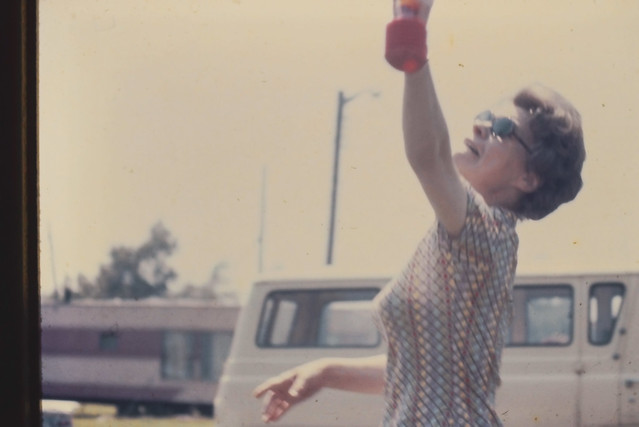

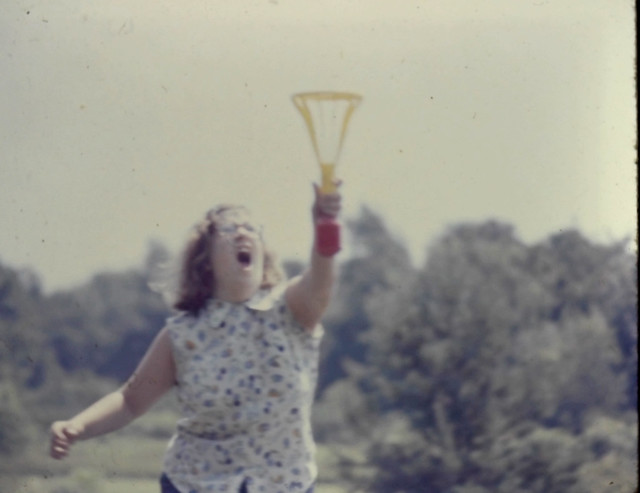
Although it wasn’t a game, the other backyard activity we indulged in involved water. For a while I had a wading pool — two, actually, one boat shaped and the next round. I outgrew both quickly. We also had a sprinkler attachment for the hose that spun around — it was great fun. The only reason I can think of for not using it more was not wanting to waste too much water.
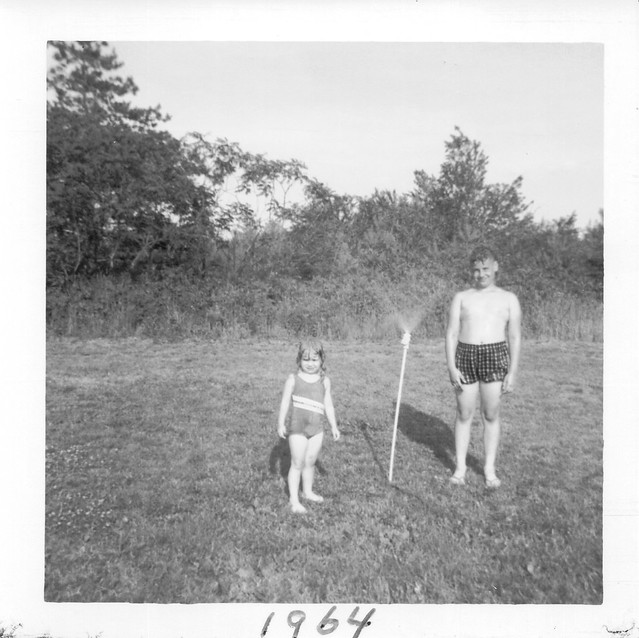

Sadly, by the time I was old enough to play some of these games, my brother had left for the Army, and his friends had dispersed to begin their own futures. The demographic of the trailer park changed, too, with the families moving out and retirees trying to stretch their pensions moving in.
The Forest Preserve District of Will County’s “Winter Wonderland” at Messenger Woods reminded me of Pop-A-Lot and backyard games, even if they weren’t all “real” games. I could see myself working to consistently get a plushie snowman’s head into a basket on my head. After all, it’s fun, safe, and develops coordination.
